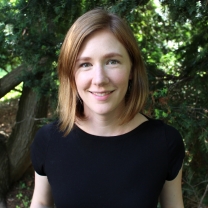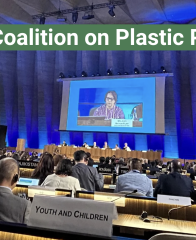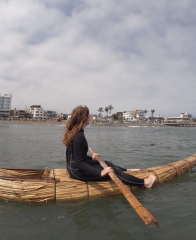 / Urban Parks And Displacement
Subscribe
/ Urban Parks And Displacement
Subscribe

Central Park spans a lot of real estate—across three avenues and up 51 blocks in central Manhattan. It wasn't always a place where people in the city could mingle and mix and be, but New Yorkers have taken it back and made it their own.
Like Central Park, most large public green areas set aside within nineteenth century cities were, in essence, territorial acquisitions; they improved urban real estate for the governing elite. They were used as zoning instruments to mitigate industrial development and to perpetuate racial segregation. As large swaths of pre-colonial settlements in Africa, Asia and the Americas were being displaced to make room for a growing number of white settlers, public parks served as buffer zones and extensions of white property into non-white territory.
Calcutta’s Maidan Gardens, the largest urban park established in any of Britain's colonies, is a great example. Similar in size to Central Park, this 800-acre Indian fixture was created in the early-1800s out of a desire for control over a wild landscape and its people. Although the site that the colonists selected for the Maidan had been settled and cultivated for generations, they construed it as a hostile urban wilderness that needed civilizing. In the process of developing the park, hundreds of residents of Gobindapur Village were displaced and stripped of their pasture land. Later, natives who sought to use the Maidan were often denied entrance because the term “public” did not extend to include those whose cultural tendencies posed a threat to the white elite's use of the space.
Central Park also represents the process of othering and exclusion of certain groups from the “public” body. The committee responsible for selecting Central Park’s location chose an area where black and Irish communities had lived for decades, most notably, Seneca Village. Residents were evicted without proper compensation and forced into the more affordable outer boroughs. Many would never even see the park that unbuilt their families’ homes and undug their graves.
While both parks were born out of a need to eject the underclass and control the urban environment, history has shown repeatedly that cities cannot sustain such exclusions. Over time, both Central Park and Maidan Gardens became hybrid spaces as the underclass became more empowered. In New York, the taking back of Central Park happened through new cultural, social and political pressures from immigrant and working-class communities. By the late-nineteenth century, people who had once been politically powerless in the face of developers and politicians gained a voice through unions, public works programs and municipal reform. In Calcutta, the use of the Maidan by upper class Bengalis began in the late-nineteenth century. Many were being educated in English schools and had assimilated to the European customs around park use. As time went on, more and more Bengalis began using the space, albeit through assimilation into white culture. India’s independence from England all but ended the duality of black and white in the Maidan, and in Calcutta more broadly.
Despite the progress made in the twentieth century, the use of Central Park and Maidan Gardens is still linked to caste and class. Central Park, which once served as a daytime promenade for the white elite has been reshaped and reordered to welcome school sports teams, street performers, families barbecuing late into the night, and pedi cab drivers. Efforts to make the park more inclusive have simultaneously expanded its services and decreased crime. However, its primary users are still tourists and nearby residents. The preferential spending on Central Park continues at the expense of parks in outer boroughs that low-income people of color have greater access to. As with Central Park, Maidan Gardens is an island within a sea of high-end real estate in a city, Calcutta, where money for public amenities still overwhelmingly favors pockets of wealth. Both cities need to strive more to provide truly equal access to these monumental public spaces.
The overlapping histories of both public parks illustrate historical patterns in which urban environmental commodification for the health and pleasure of the "public" drove the displacement and oppression of the underclass. More importantly, they also reveal that designed landscapes that once excluded and exploited can still become democratic spaces of inclusion.
Mayrah Udvardi is a 2013 Albright Fellow who is currently studying at the Graduate School of Architecture, Planning, and Preservation at Columbia University. She is pursuing a career in architecture, to design for marginalized communities affected by natural and man-made disasters.
Photo Credit: The waving cat, “Central Park,” via Flickr, 10 May 2009.





